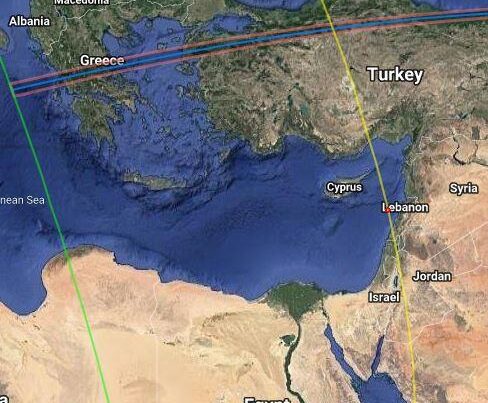by Abubakr Moussa, Mohamed Badawy and Nora Saber
ABSTRACT
This study provides a new reason for the colour alteration of the first man-made pigments (Egyptian blue, EB, “cuprorivaite” and Egyptian green, EG, “wollastonite”). The study focuses on the identification of the most efficient bacterial and fungal species that can grow upon copper-based pigment materials (Egyptian blue and Egyptian green); and their role in the discolouring phenomenon of these pigments. For this purpose, pigment materials from a limestone stela at the Egyptian Museum in Cairo (TR 4.1.21.1, SR 5/10603) were studied using light optical microscope (LOM), scanning electron microscopy-with energy dispersive spectroscopy (SEM-EDS), and x-ray fluorescence (XRF) to identify their composition. Pigment materials were also investigated biologically to determine the role played by microorganisms in their decay, and a spectrophotometer at 542 nm wavelength was used for detecting the chromatic alteration. The study proved that the black pigment is magnetite, red pigment is hematite, yellow pigment is orpiment, blue pigment is Egyptian blue and green pigment is Egyptian green. The most effective fungal species on both E.B and E.G are Aspergillus fumigatus, Aspergillus niger and Aspergillus Flavus, while the most effective bacterial genus on both E.B and E.G are Pseu-domonas taetrolens, Bacillus subtilis and Serratia rubidaea.
![]()



